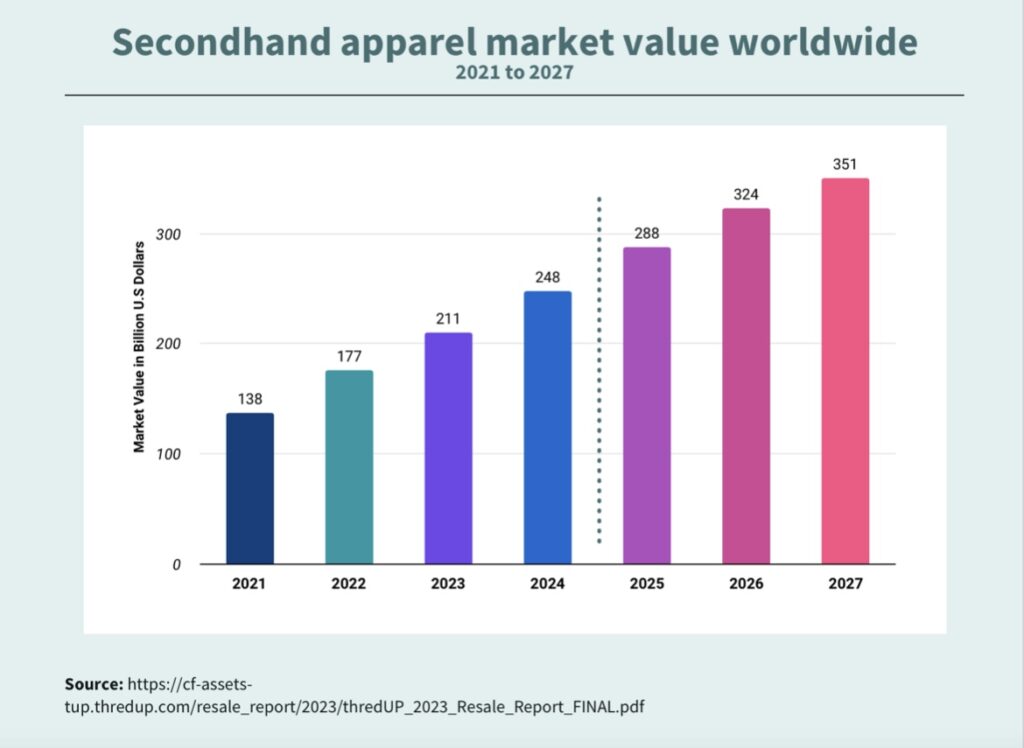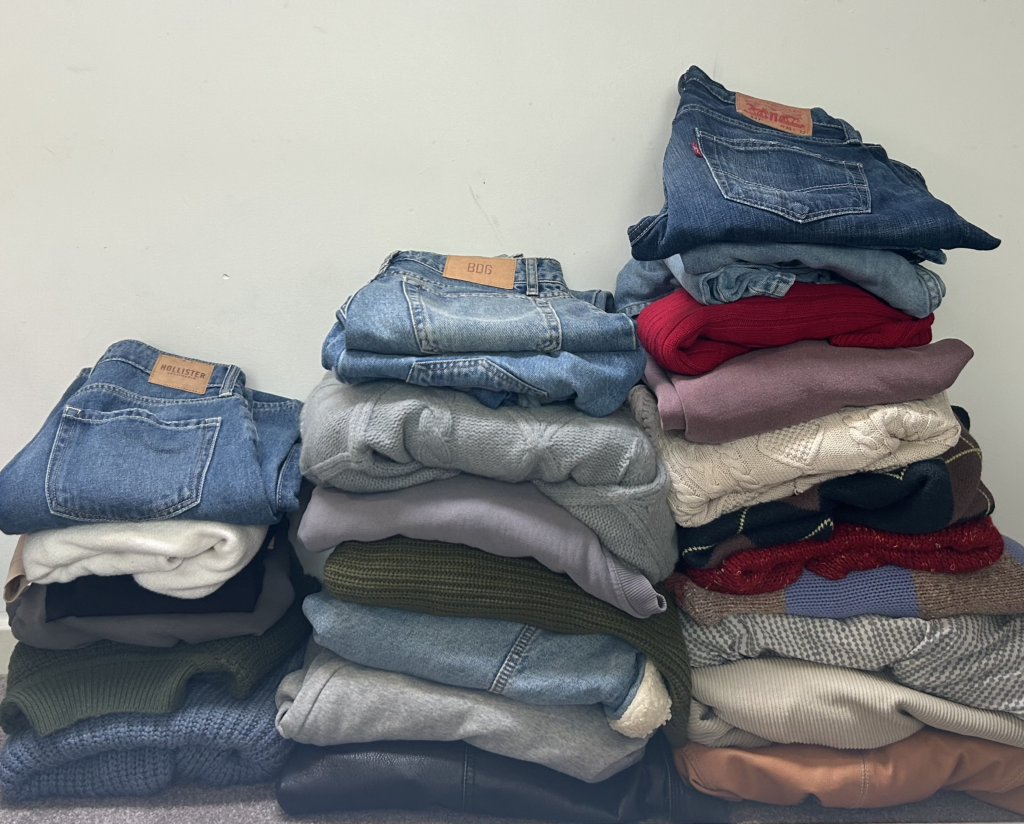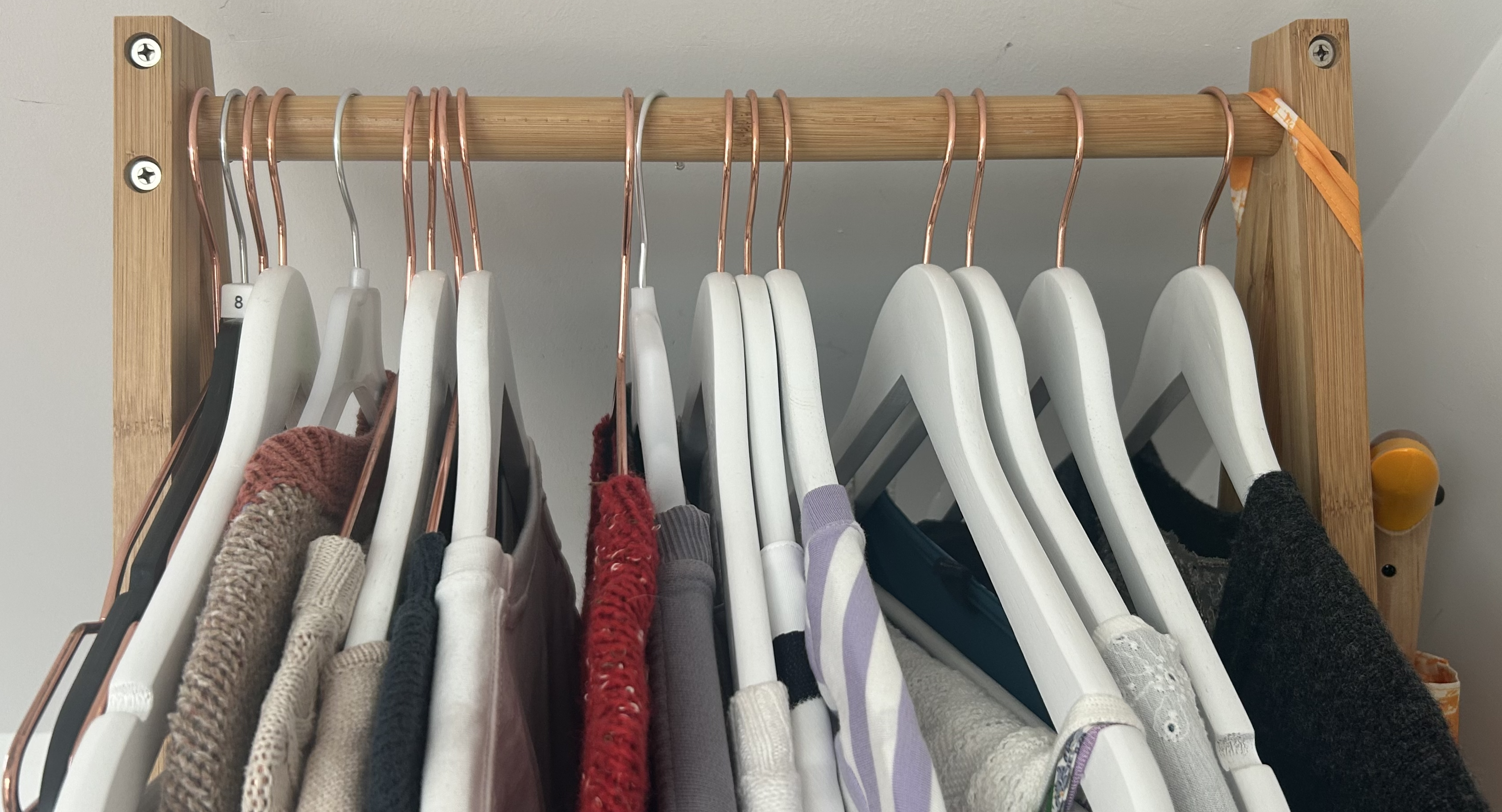Fast fashion sales are reportedly plummeting, while the second-hand clothing industry confirms record trade levels.
The UK resale market grew by nearly 150% between 2016 and 2022. And Global Data has forecast this growth to only continue, by 2026, the industry will have expanded by a further 67.5%. Second hand fashion is set to take 10% of global clothing sales.

Generation Z are reportedly at the forefront of this change, with 69% of the generation revealing they’ve bought second hand clothing in the past year, creating wardrobes where 2 out of every 5 items are pre-owned. Sustainable style is seemingly winning against fast fashion for the support of Generation Z’s spending power.
The second-hand clothing industry has become a multi-billion pound marketplace with vintage stores proving popular on high streets and digital platforms such as eBay, Depop and Vinted fast becoming some of the most popular fashion apps.
Vinted, an online marketplace for buying and selling second-hand items, saw its users double between 2019 and 2022. From 30 million to 65 million users globally. In the UK alone, there are a reported 16 million Vinted users. That’s nearly one quarter of the population buying and selling second hand goods.
Vinted outlines their aim is to reduce emissions by keeping clothes in circulation for longer: “There’s an entire international community making an impact by buying on Vinted instead of new. Recirculating clothing on this large a scale can reduce the climate impact of retail fashion.”

Ethical fashion designer, Abigail Irving-Munro, who is passionate about developing sustainable fashion says: “Generation Z are buying quite a lot of second-hand clothing at the moment. The rise of technology and digital apps which are easy to use means buying second-hand has become quite an easy click of the fingers.”
“It comes down to people’s values and their principles and how they want to accumulate items and clothing, while not being burdened with the issue of feeling that they’re not being very ethical at the same time.”
Generation Z’s most loved app, Tiktok, has seemingly hosted this rise with the hashtag ‘vintage’ boasting 4.8 million posts alone. Both TikTok influencers and users share the message of sustainability.

Janine, a content creator with over 300,000 likes on TikTok and a self-titled ‘thrift girlie’, promotes sustainable fashion through Vinted advice videos and creating trendy outfits from her charity shop finds. She says:
“Sustainability is the future, as a content creator it’s important to use my platform to promote sustainability and share the message that there are alternatives to fast fashion, especially on TikTok as there’s so many young users.”
The fashion industry accounts for 8% of global greenhouse gas emissions, more than the aviation and shipping industries combined, making it the second most polluting industry. But as sustainability becomes more stylish, there has been a shift in fashion consumer practices. A shift, embraced by Generation Z, towards a greener future.

